|
Just on the outskirts of the little village in Ohio called Killbuck is a vast network of marshes, swamps, and forests, all part of the Killbuck Watershed. Through grants and incredibly generous donors, 152 acres have been preserved in what is now called the Killbuck Swamp. August 27th we had the great opportunity to explore this area by taking part in the Arc of Appalachia's Tree People program. Randy Carmel, President of the Killbuck Watershed Land Trust led the way. We started from the village of Killbuck a little after 10am. Eight of us gathered together, packed lunches, water, and bug spray in tow ready to learn about trees as well as explore this new preserve. As we walked across the bridge we could look down at the Killbuck Creek; from around this point heading north, the Creek has been dredged and straightened leading to many ecological and geographical problems, not only does the water move too fast to provide the habitat needed for many aquatic animals, the speed also causes erosion and frequent flooding. On the south side, where the Creek has been allowed to bend and curve, hosting proper floodplains, an incredible community of plants and animals thrive including (discovered in 1990) the only reproducing population of the rarest freshwater mussels, the cat's paw pearly mussel (Episblasma obliquata obliquata). The purple cat's paw pearlymussel is one of our rarest freshwater mussels and it was truly on the brink of extinction when listed in 1990. At the time of listing, a few live adults could be found but they were too old to reproduce. We thought that the species was functionally extinct. In 1994, surveyors found a reproducing population in Killbuck Creek, Ohio. Since that time, successful captive propagation efforts have lead to multiple reintroductions of the species into streams where it historically occurred. (Source USFWS) Beyond the creek we learned the keys to identifying different trees - how the leaves are arranged, opposite, whorled, alternate, as well as singular or compound, and leaf margins. This led us down an old oil well road (well is now capped) the first part of the Killbuck Swamp Preserve. All around, the squeaky splash of leopard frogs jumping out of the way greeted us. As ever my passion, the wildflowers had me intrigued, was this cup plant really growing in the wild?!! Indeed it was. This path led to an open floodplain which at one point had been drained and farmed. Tiles removed, the marsh makes a quick rebound recreating an area rich in biodiversity. Through the trees you can see the spadderdock down below, leading out to a swamp. In the far distance the hill leads to the old quarry. Randy Carmel explains how the glaciers formed this area and the braided streams (sometimes known as oxbow swamps). Back on the road we have a great view of the wetlands as we make our way to the big hill and journey up to the quarry. Crossing the road, we come across a dilapidated shack (soon to become a parking area, you can help by volunteering here), finding the path, we weave our way up the steep hill, past boulders, ferns, mosses. Always remembering to take your time, stop to look at things. Eventually we made our way to the quarry road. Learning about hop horn -vs- ironwood, the smaller trees, as well as admiring the much larger beech and tulip trees. One of the most incredible finds was an actual living American Chestnut!!! We learned how to identify the blight (bright orange inside the bark grooves) which it had, but somehow this species was growing pretty strong! 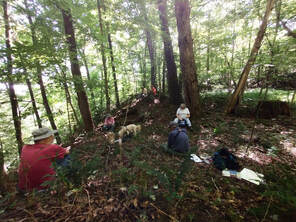 On top of the ridge we stopped for lunch before continuing on to the quarry. The quarry, now reclaimed by nature, hosts an incredible array of plants, mosses, and lichen (and so much more I'm sure). At the far end of the quarry, we see where the work stopped. This was due to the variegation in the stone which (though I find it beautiful) was thought to be of inferior quality. We made our way back down another old quarry drive we stop and admire a massive tulip tree. Winding through the understory we make our way back to the dilapidated shack (soon to be a parking area) and journey back to our cars. A white turtlehead plant (Chelone glabra) grows roadside. I'm so in awe of the native wildflowers that still grow wild in this area. Once we all gathered back at the vehicles, we decided to make a quick caravan trip to another natural area, part of the Preserve, just a few miles away. From Killbuck, you take 60 south until you see a parking area on the right at a curve in the road (yes, I know, those are not the clearest directions) see screenshots. Pull off and park, then follow the path (south is currently clear, north will be easier to see once the leaves are down) it was recommended to wait until mosquito season is over, but this path is open to the public and is great for birdwatching as it travels along an ecotone (this area is between the marsh and swamp, and open prairie and sometimes wooded area) - if I remember correctly this area is to be called Crane Pond due to the nesting sandhill cranes (I could be mistaken, please let me know in the comments). I am so looking forward to going back to explore this area in the different seasons. Although it is located in Holmes County, it's a quick 36 minute drive from Wooster and well worth the trip. I want to thank the Arc of Appalachia for hosting the Tree People event - "Thirty tree instructors teaching tree ecology and tree ID led field trips at 30 locations, attended by 300 students! " Learn more about the areas they preserve, events they host, and all they do at the link HERE. A HUGE thank you to Randy Carmel for leading our hike and the Killbuck Watershed Land Trust for preserving this incredible area and making it available to the public.
You can learn all about what KWLT does HERE Volunteers are needed - sign up HERE Donations are also needed to secure lands like these - donate HERE
2 Comments
Ronald E Holtman
11/9/2022 10:48:59 am
Emily - Great blog. Thanks for your detailed descriptions and photos of this amazing wetlands in our backyard.
Reply
Emily (admin)
11/12/2022 09:25:31 am
Hi Ron, thank you so much! And thank you for all the great things KWLT does!
Reply
Leave a Reply. |
AboutSince 2015 we have been exploring and sharing all the amazing things we’ve found in nature. AuthorEmily is an Ohio Certified Volunteer Naturalist who is most often found out in the woods. Archives
June 2024
Categories
All
|
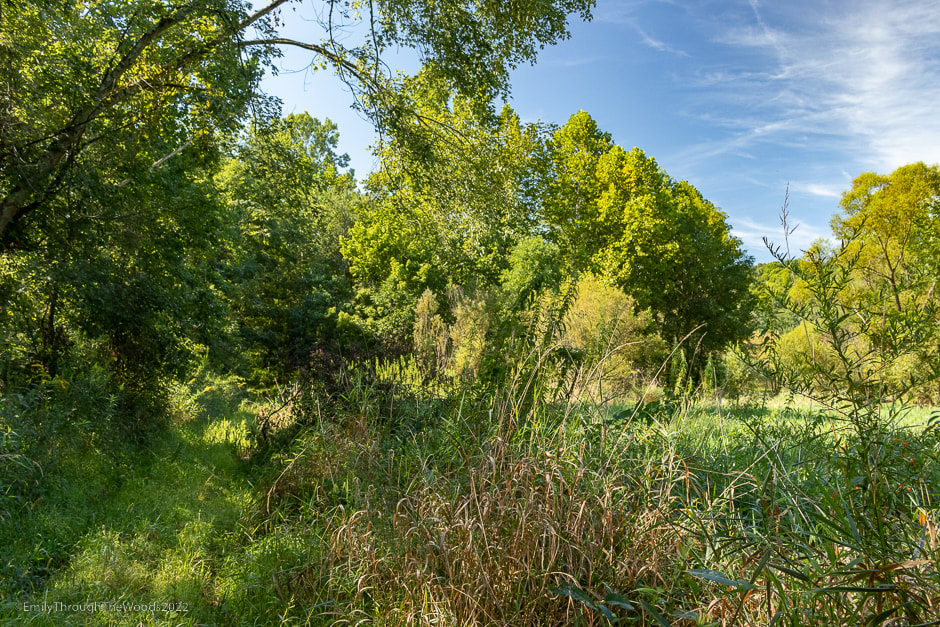
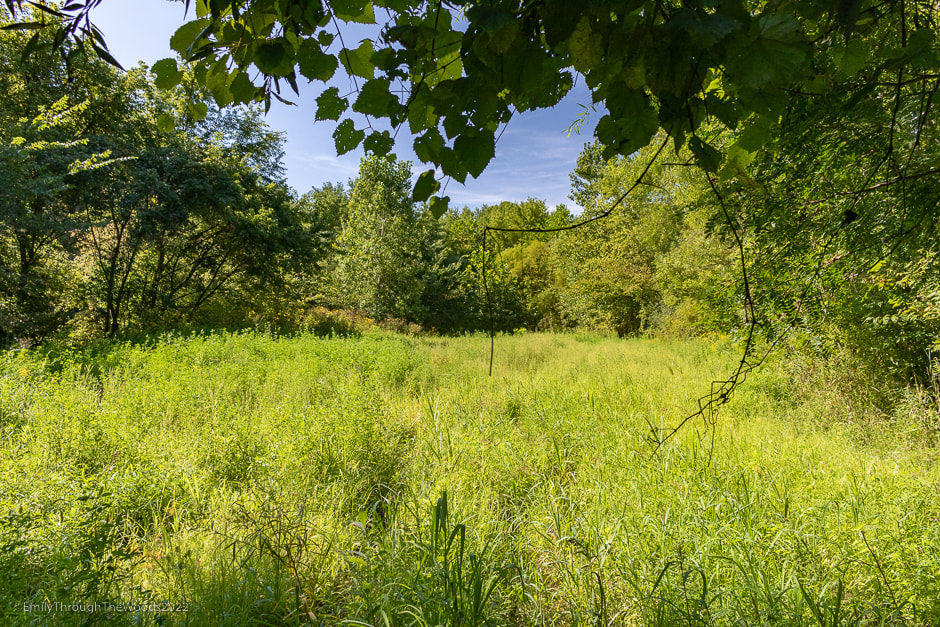
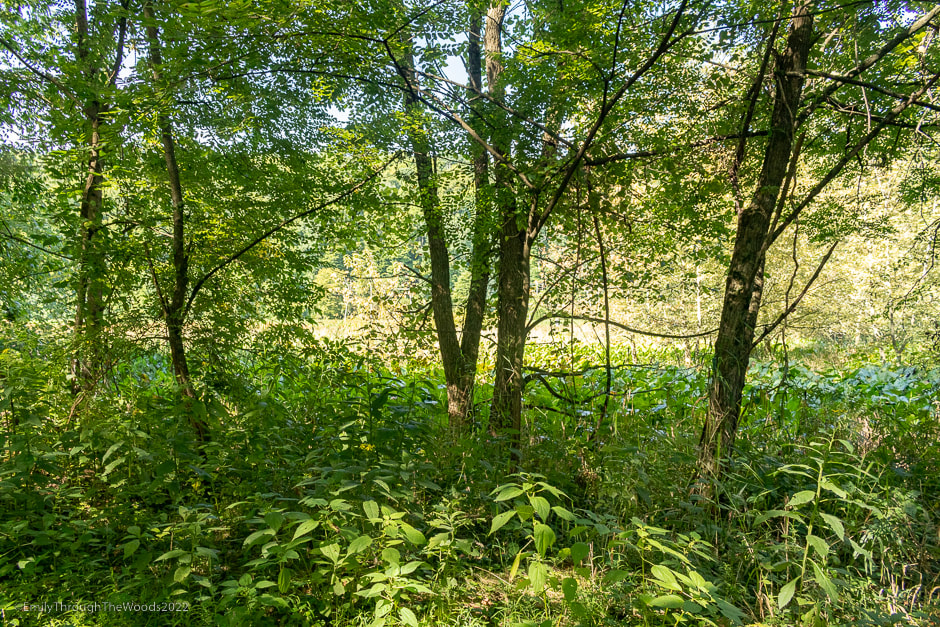
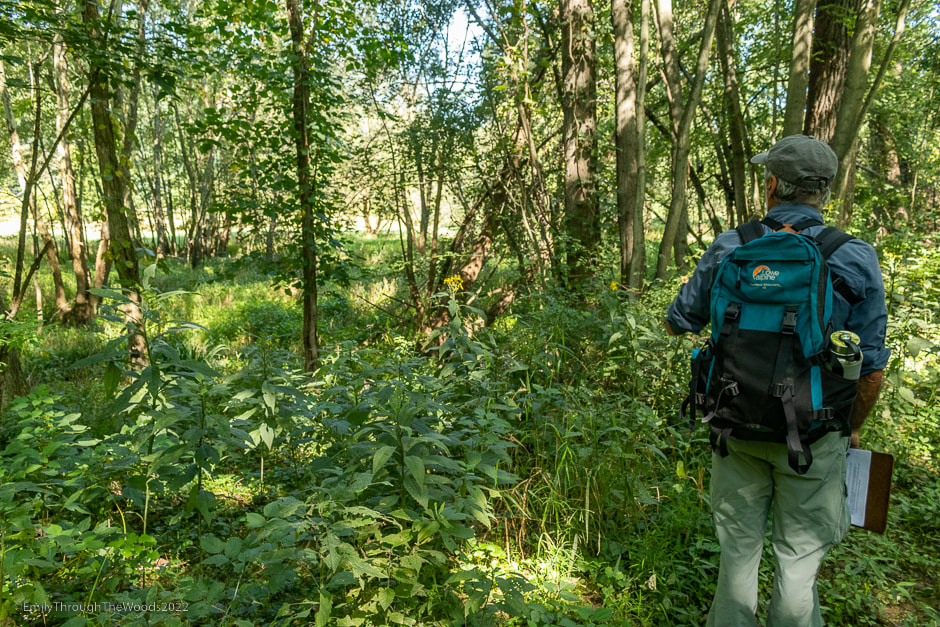
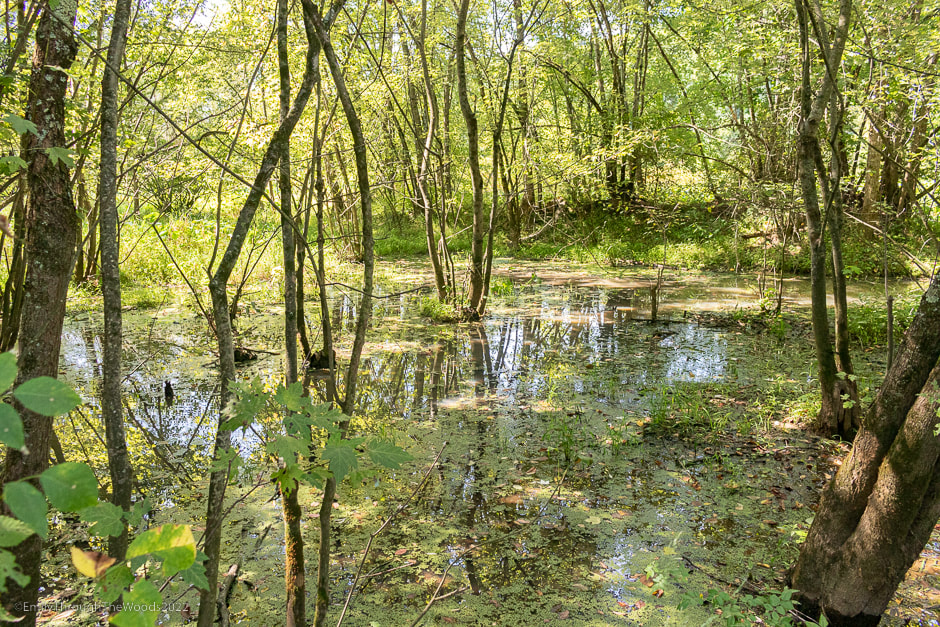
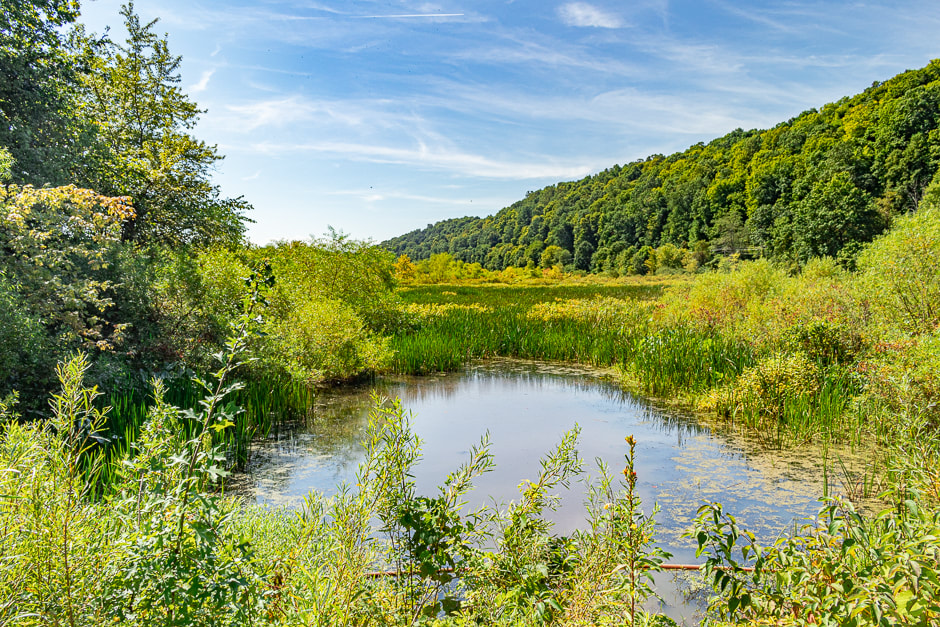
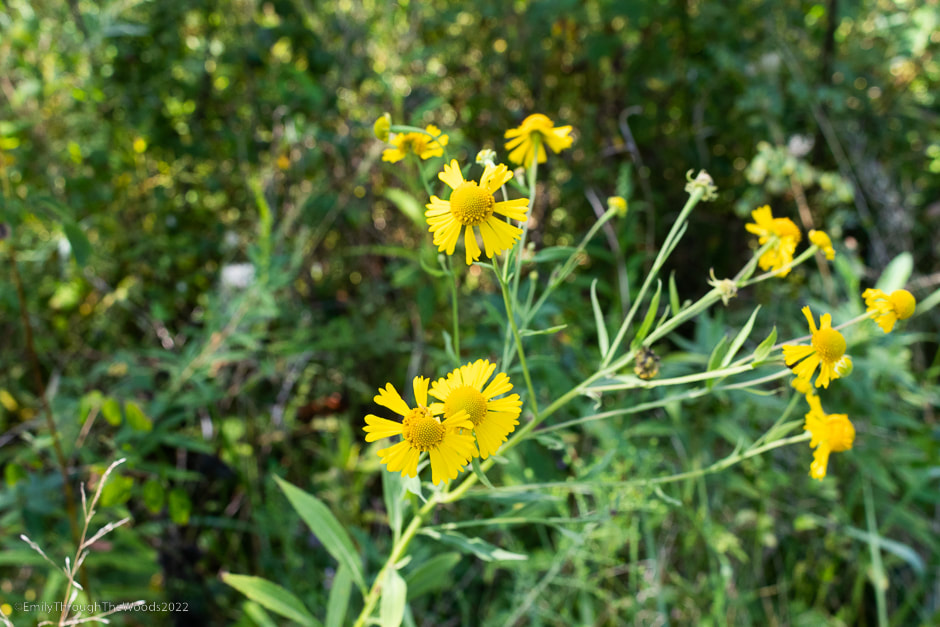
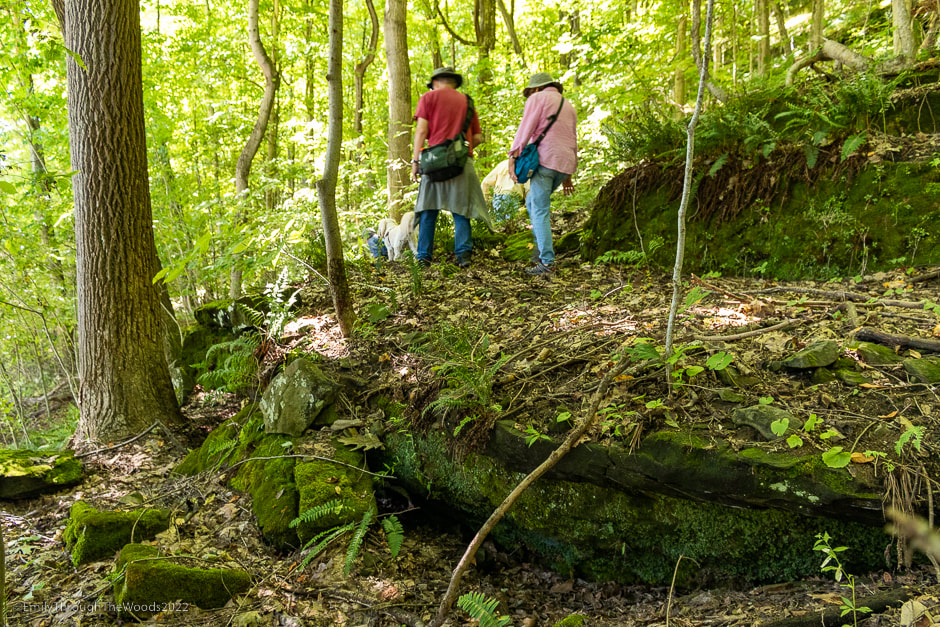
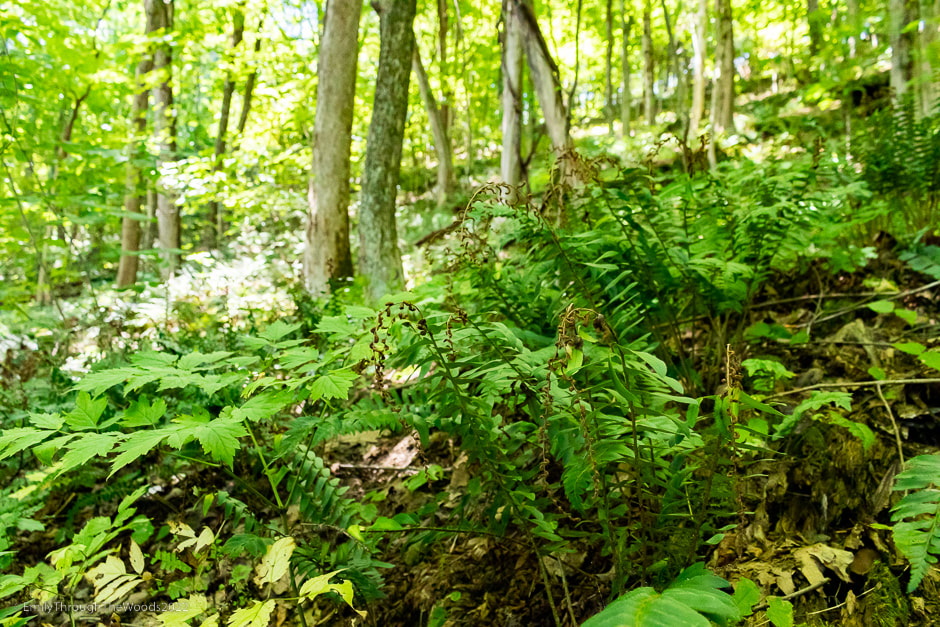
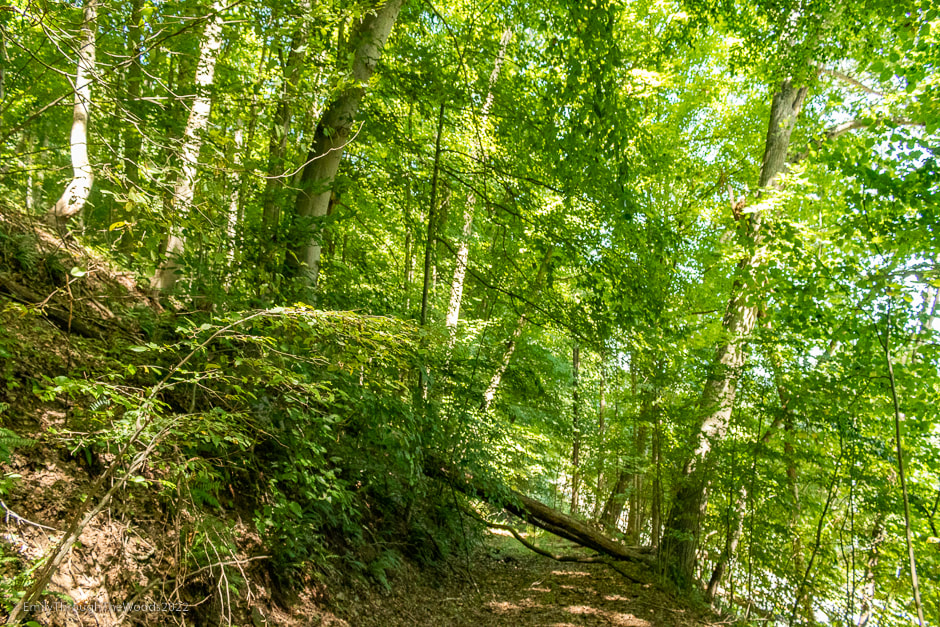
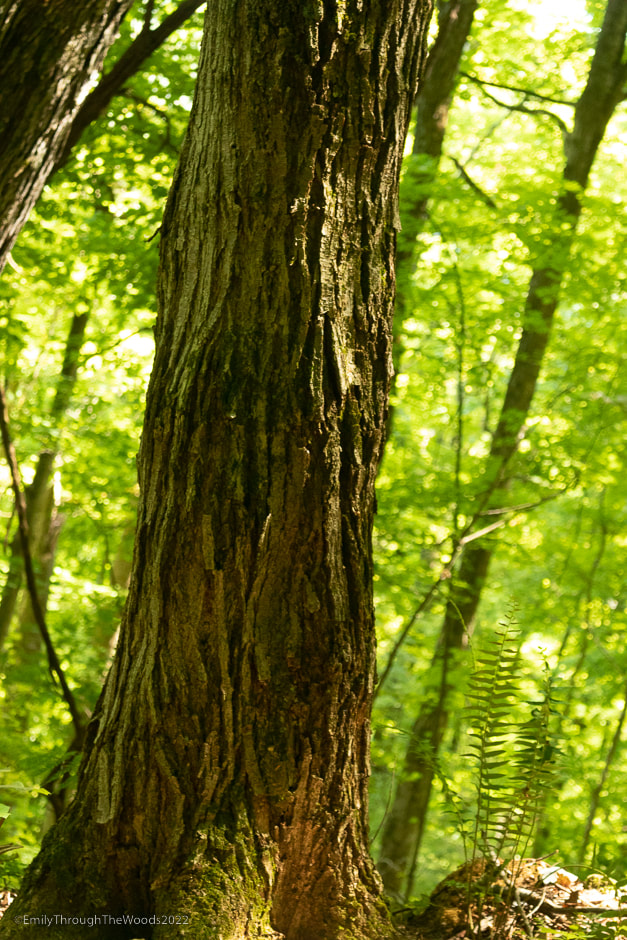
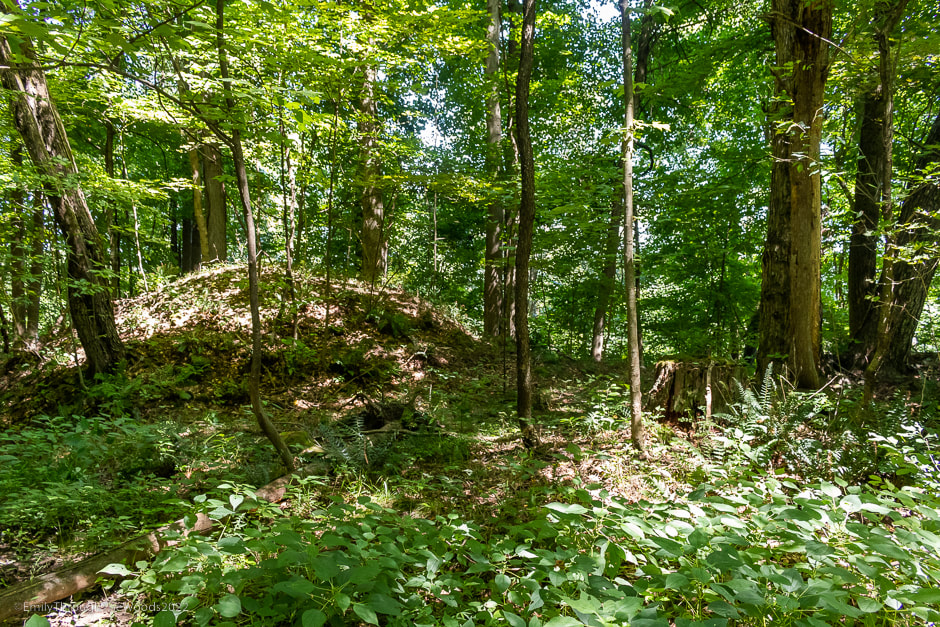
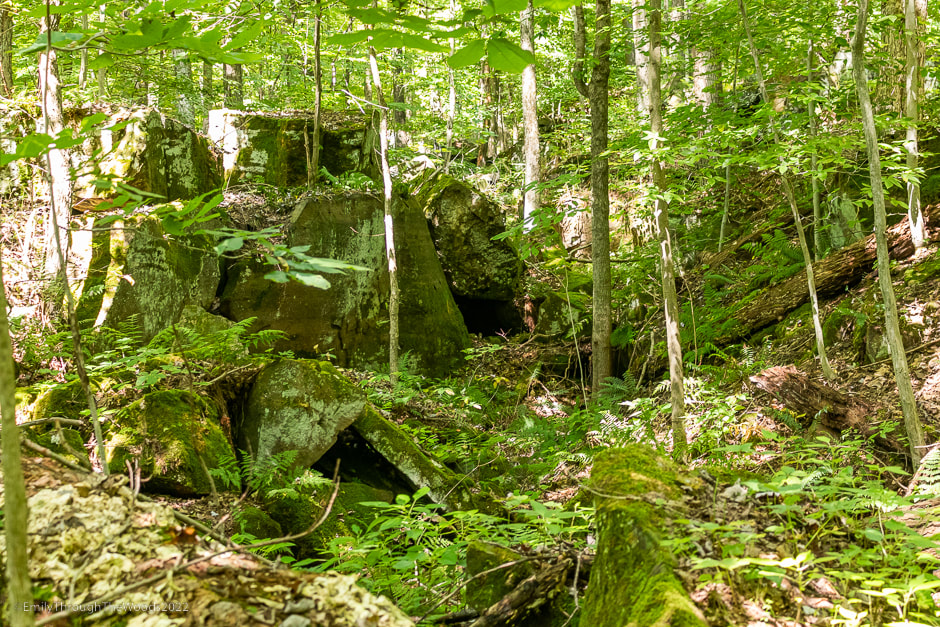
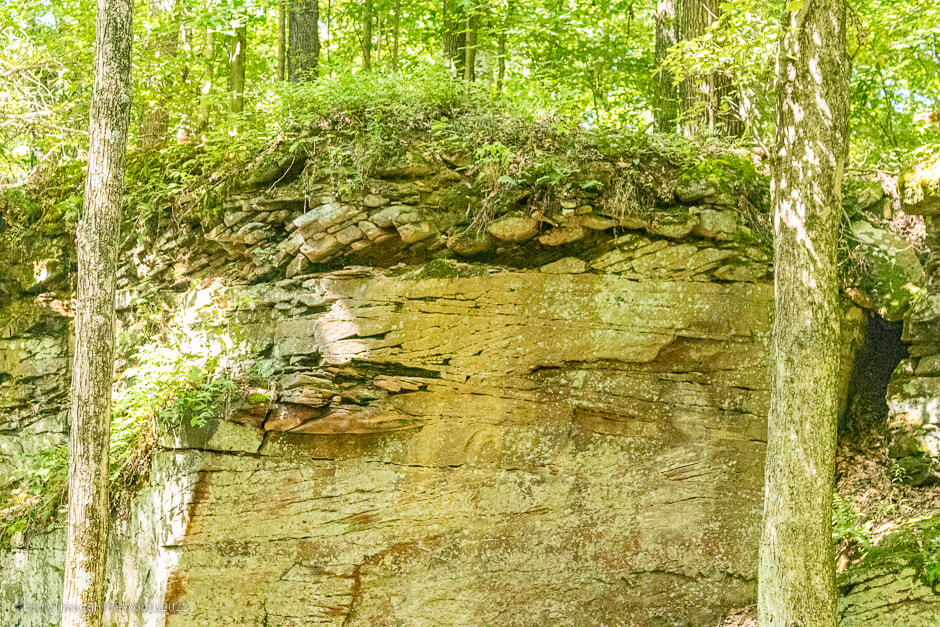
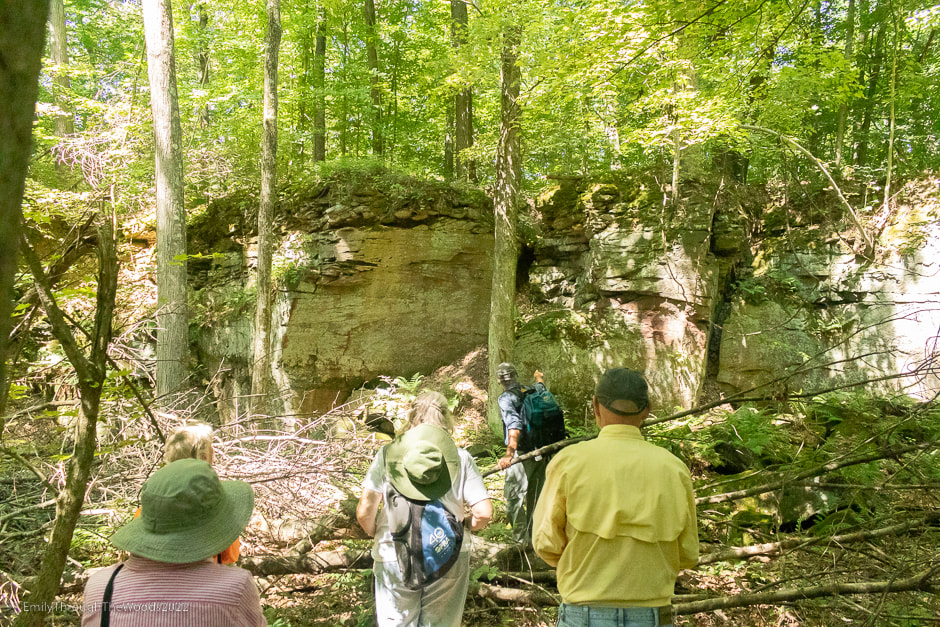
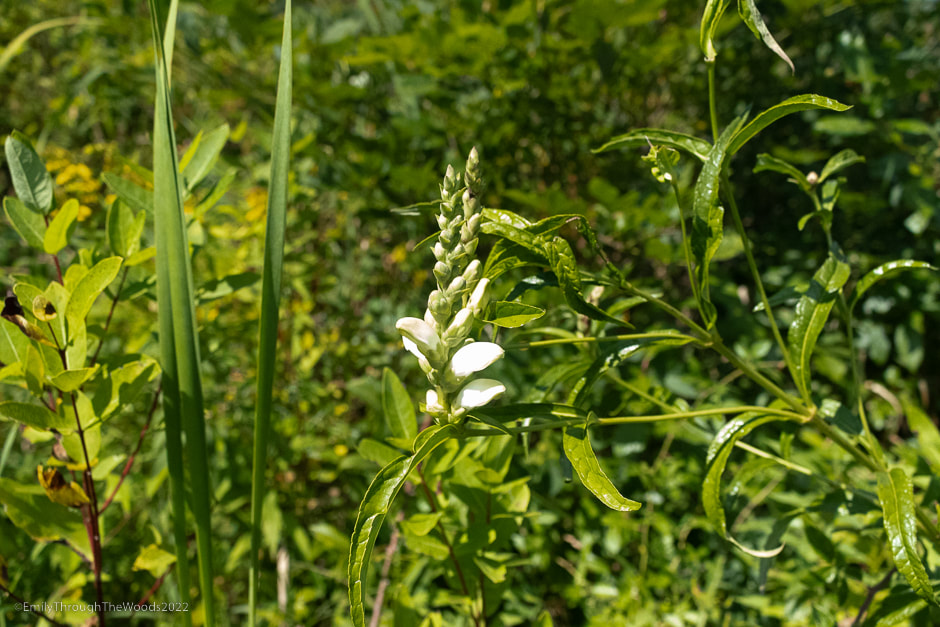
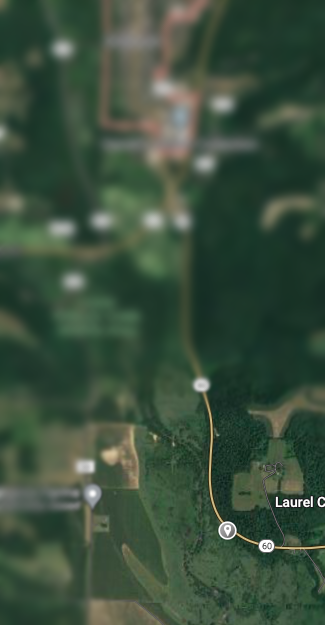
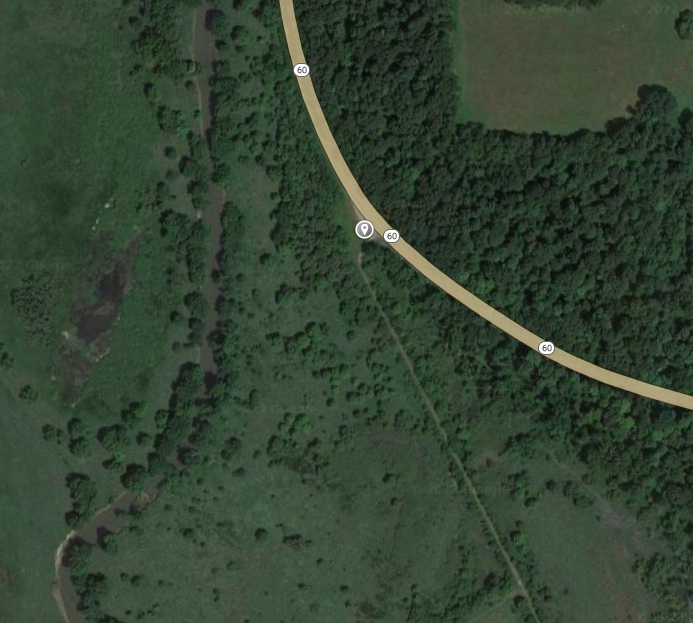
 RSS Feed
RSS Feed